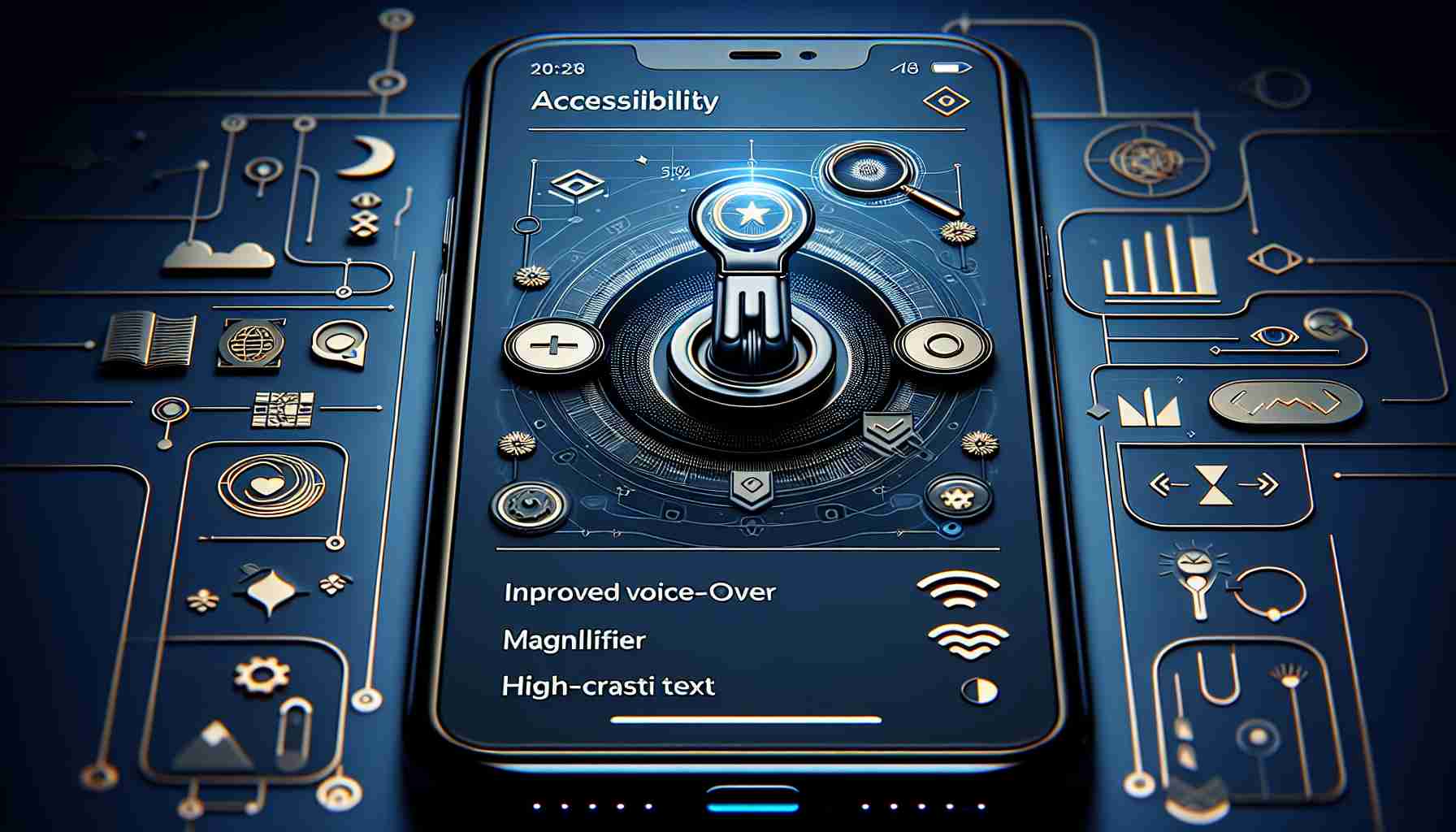Apple is poised to introduce groundbreaking accessibility features in its newest operating system, expected to be iOS 18, to further aid users with disabilities. These functionalities are anticipated to revolutionize the way individuals interact with their devices.
The star feature, Eye Tracking, allows users to navigate their iPhones and iPads simply by looking at the screen. The technology functions by recognizing where the user is gazing and enabling them to select items by maintaining a steady eye contact with them.
For those who are deaf or have hearing impairments, Music Haptics will transform the musical experience. The iPhone’s haptics will vibrate in sync with the music, providing a tactile dimension to audio tracks.
Apple is also addressing motion sickness sufferers with the introduction of Vehicle Motion Cues. This feature adds visual cues to the device’s display to coincide with the motion of a car, aiming to minimize the feeling of motion sickness.
Further enhancing voice interactions, Apple brings Vocal Shortcuts to the table. This customizable tool lets users execute complex commands or set up a series of actions with a spoken phrase. Additionally, the new “Listen for Atypical Speech” feature promises to boost dictation precision for individuals with speech-affecting conditions.
CarPlay will inherit several existing iOS accessibility features, including Voice Control and Color Filters, to make the vehicular experience more inclusive.
Moreover, a collection of smaller but significant enhancements is on the horizon, such as fresh VoiceOver voices, a new Hover Typing option, and elaborate Braille support.
The tech giant hopes these advancements, detailed in their recent press release, will become available later this year after the official updates are presented at June’s WWDC.
Importance of Accessible Technology:
Accessible technology is essential to empower individuals with disabilities, providing them with more independence and the ability to interact with the digital world more effectively. Apple’s commitment to accessibility has seen continual improvements over the years, helping users with diverse needs.
Key Questions:
– How will Eye Tracking accommodate users with different eye conditions?
– What impact will Music Haptics have on the deaf and hard of hearing community?
– Can Vehicle Motion Cues effectively alleviate the symptoms of motion sickness for all users?
– How will Vocal Shortcuts and the “Listen for Atypical Speech” feature improve user interaction for those with speech-affecting conditions?
Key Challenges and Controversies:
One challenge is ensuring that these new features work seamlessly across all Apple devices, considering the diverse hardware specifications. Another is addressing privacy concerns related to eye-tracking technology, since it involves the device interpreting a user’s gaze. There’s also the need to ensure that these enhancements do not inadvertently exclude some users because of their specific disabilities.
Advantages:
– Eye Tracking could offer hands-free navigation, enhancing accessibility.
– Music Haptics provides a new way for the hearing impaired to experience music.
– Vehicle Motion Cues could reduce motion sickness, making technology usage in transit more comfortable.
– Vocal Shortcuts and improved dictation support for atypical speech patterns can streamline how users with speech disorders interact with their devices.
Disadvantages:
– These features may increase the device’s energy consumption, potentially impacting battery life.
– There may be a learning curve for users to get accustomed to new ways of interaction.
– The cost of implementation could potentially lead to higher prices for consumers.
For anyone interested in keeping up with Apple’s initiatives or to find out more about their current accessibility features, you may explore their official domain with the following link to Apple.
The source of the article is from the blog regiozottegem.be
